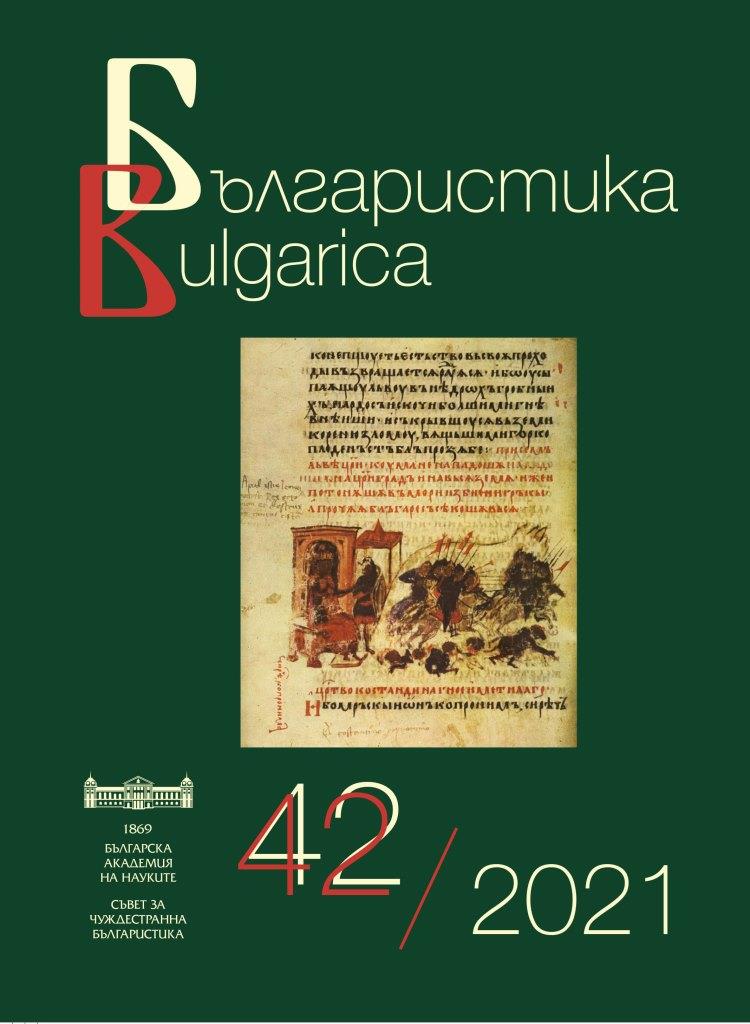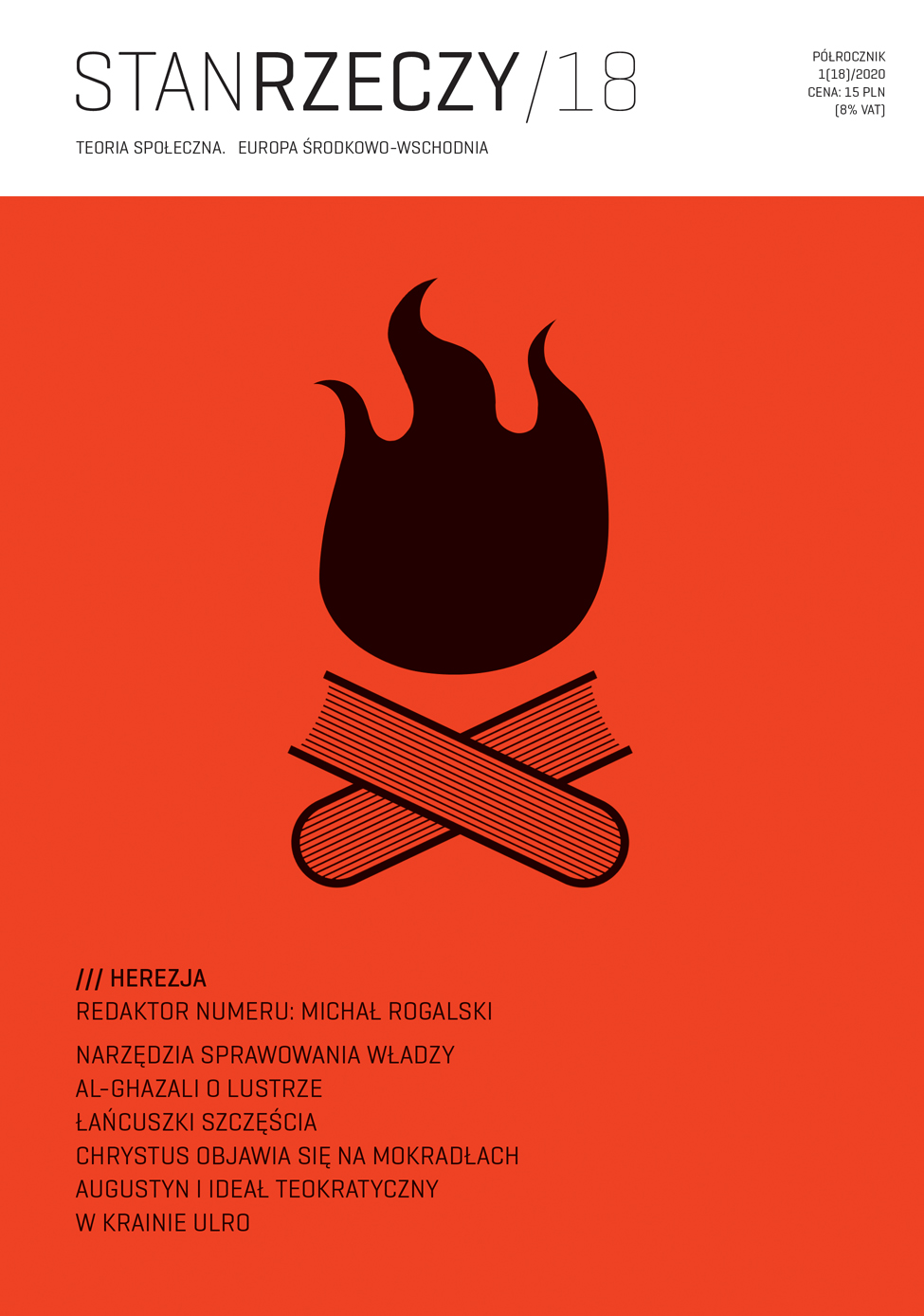
We kindly inform you that, as long as the subject affiliation of our 300.000+ articles is in progress, you might get unsufficient or no results on your third level or second level search. In this case, please broaden your search criteria.

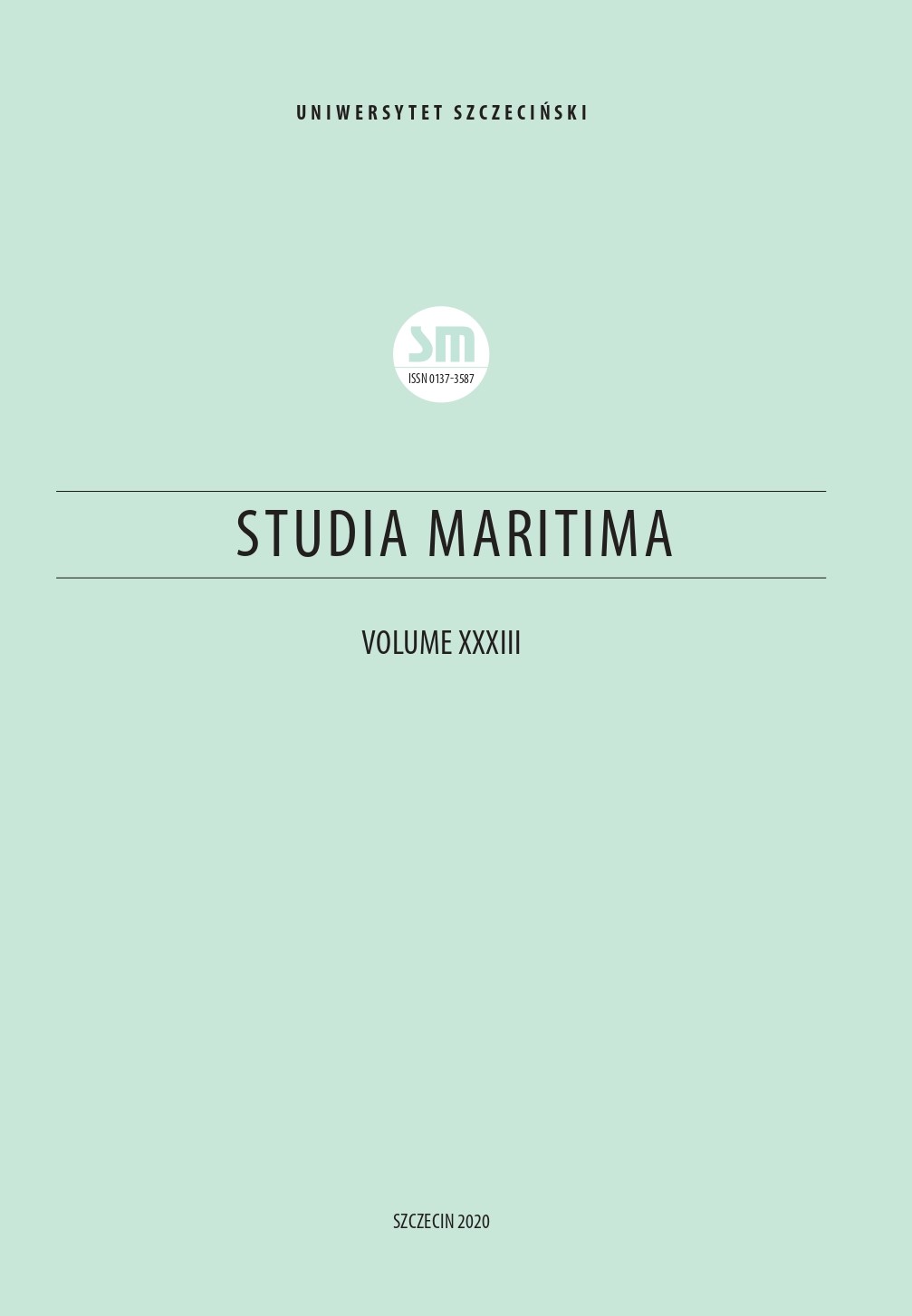
The paper is a new attempt at a new look at the issues related to the image of Pomerania in medieval and renaissance cartography. The breakpoints of the analysis are marked by the appearance of the first attempt to more clearly describe the areas on the southern Baltic coast on the world map known as Cottoniana (11th century), and on the other hand, the map by Eilhard Lubinus (1618), which was the most perfect early-modern cartographic representation of the Duchy of Pomerania, and at the same time formally stood on the border of Renaissance cartography and 17th-century “cartography of measurement”. The overview of the presentation of the cartographic image of Pomerania has been divided into sub-chapters relating to various categories of maps. The first one concerns medieval encyclopedic-symbolic maps, and especially the possible reasons for not including the name of Pomerania on the vast majority of maps in this category. In the following subsections were studied nautical maps, late medieval Ptolemaic maps and the so-called transitional maps, renaissance cartography and early modern separate maps of Pomerania. Particular attention was paid to the way the name of Pomerania was understood by cartographers and to the ways of inserting the discussed regions into wider spatial contexts.
More...
The present study describes the life of a Hungarian-German community in the south of Hungary. The Germans came to the village of Großnaarad from the Fulda area in the 18th century, because during the Turkish rule the village lost its population and the German colonists had to start anew here. The inhabitants have been engaged in agriculture and handicrafts for several centuries. Nowadays the village is struggling with the emigration of young people to the cities but wants to continue to preserve its valuable traditions and its Hungarian-German identity.
More...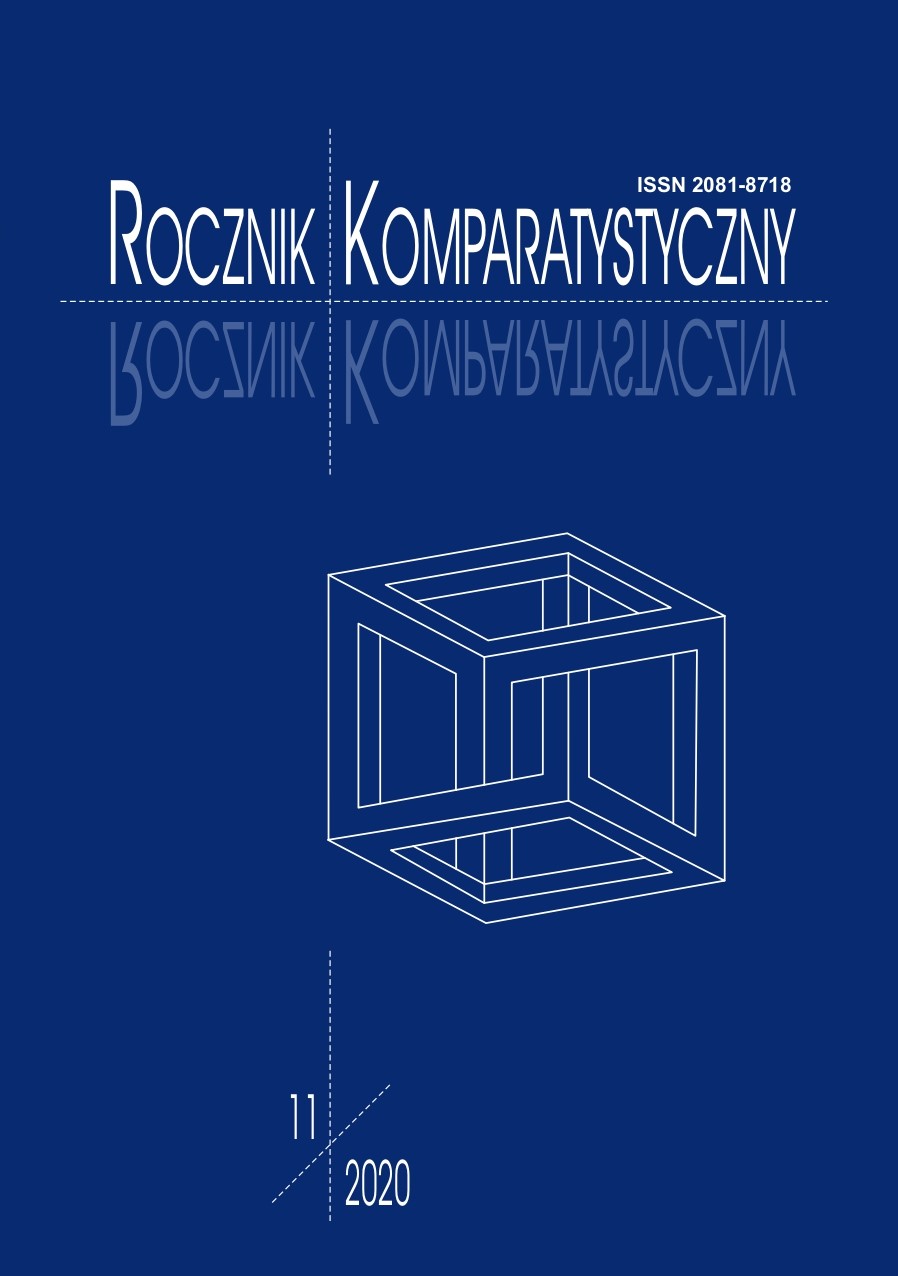
The article deals with the question of passage of time in Wim Wenders’ Der Himmel über Berlin and Tom Tykwer’s Lola rennt. Both directors show contemporary love stories in their works. Their film productions can be seen as examples of a melodrama, but they also depict the social and geopolitical situation in Berlin in two different temporal contexts. While Wenders shows the divided capital of Germany during the Cold War, Tykwer presents a rapidly developing metropolis at the end of the 20th century. The situational irony which characterizes the filmic work of Tykwer in particular highlights the creator’s distance to the melodramatic dilemmas he cinematically ponders on.
More...
Heavy metal music is often perceived as crude and simplistic by people who are not acquainted with its complexity. In this article, I would like to explore and analyze the (meta-)genre of heavy metal music and its elaborate internal subdivision. Firstly, it is crucial to define metal music and distinguish it from other styles within the larger family of rock music. This section will be followed by a brief presentation of the history of heavy metal and the dominant dichotomy of chaotic and Dionysian themes present in the lyrics of metal songs. Ultimately, I intend to unravel the complex web of metal genres by describing the most crucial ones, demonstrating the “kinship” between particular styles, and providing examples of the representatives of each discussed subgenre.
More...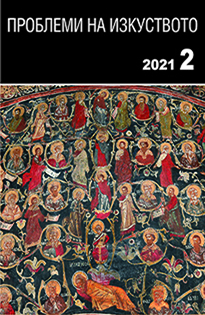
The object of this study is the icon of the Holy Mother of God Oikonomissa from the National Church Historical and Archaeological Museum whose style relates it to the works of an icon-painter who was unknown in Bulgaria until recently and whose rich creative life associates him with the Athonite painting. On the basis of our knowledge of his commissions in a number of Athonite monasteries one might also guess the time when the icon was created. Special attention has been paid to the iconography of the Holy Mother of God Oikonomissa and to the selection of saints around the throne of the Mother of God which could guide us to some assumptions as to which church the icon was intended for.
More...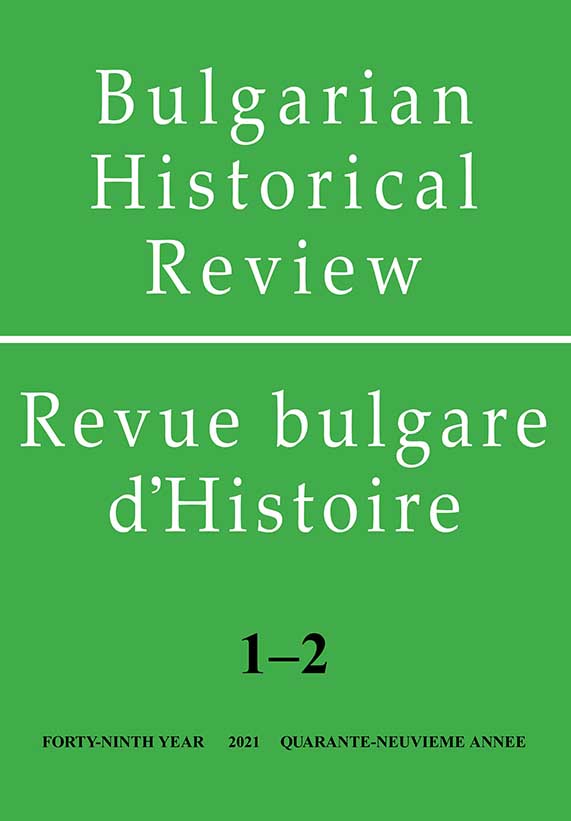
The Story from the attacks against Tsarigrad is composed in Byzantium in the 9th c. and enters in the structure of the Triodion. Probably it is translated into Slavonic language in the beginning of the 14th c. in Athos. It is known for many copies from the 14th – 18th c. Is known a shortened redaction of the Story in two Bulgarian Prologues Church-Historical and Archival Institute No 294 and Church-Historical and Archival Institute No 295. In two manuscripts in Russian State Library collection 247 No 461 and Russian State Library collection 247 No 528 there is another shortened version, different from the already known. So far has not been published or studied. This variant of the Story is an example of the widespread distribution of the writing in the 16th c. The unknown short redaction is an important period in the history of the text and it must to be explicitly explored.
More...
Within the humanities, the study of human potential is one of its main directions, in which the individual appears both as a subject and as an object of study. In this context, an essential element of this direction is the disclosure of the demographic characteristics of society. The clarification of one of them – the specifics of the demographic development of Bulgaria in the period 1878–1912, is the aim of the presented study. Summarizing the analysis of the specifics of the demographic development of Bulgaria in the period from 1878 to 1912, we can conclude that the outlined trends in the dynamics of the main demographic processes and structures, although formed during the period under study, had a lasting impact, influencing the demographic state of the country in the subsequent historical epoch.
More...
The article examines Bulgarian-Greek relations in the process of rapprochement after 1909 through the prism of public attitudes and moods. Under the pressure of the extremist Ottoman policy of the Young Turk regime in Constantinople, the governments in Athens and Sofia were forced to find a way to overcome their deep mutual contradictions. The achievement of a cooperation agreement in the name of their equally endangered national interests went through reconciliation between the Ecumenical Patriarchate and the Bulgarian Exarchate, the Greek and Bulgarian deputies in the Ottoman Parliament, the national organizations of the two communities in the European provinces, the public opinion in both countries. The spring Christian holidays in 1911 gave rise to a new spirit in the relations between Bulgarians and Greeks, a vivid illustration of which are two events – the Easter visit of Bulgarian students to Athens and the joint celebration of the May Day Flower Festival in Serres. However, the inertia of decades of mistrust, suspicion and conflict predetermined the ambiguous reaction in the various circles of Greek and Bulgarian society to the emerging and, as it has turned out, very fragile union.
More...
The publication examines the conditions and forms of export of labor resources from Bulgaria to Iraq, the reasons for the formation in this period of attitudes among Bulgarian citizens to work in Iraq, the profile of personnel working in Iraqi business and administrative units and in Bulgarian sites in the country, as well as the successes and problems in achieving the goals set by the Bulgarian state. The studied issues are considered in the context of the Bulgarian-Iraqi political and economic relations and the changes in the political and economic situation in Iraq. The analysis is based on documents from the archives of the Bulgarian Communist Party, the Ministry of Foreign Trade and the Ministry of Foreign Affairs of Bulgaria.
More...
The article attempts to show how the topic about the World War II myths and their rejection is presented on the Internet and how the professional historians are involved in this process, as well as how their messages are perceived by history lovers and the general audience. Based on the examples discussed in the article, the author comes to the following conclusions. The huge variety of opinions, ideas and different approaches to the same historical events and processes on the Internet, as well as the easy and quick access to many topics, documents and different points of view, does not lead to an easy and fast acceptance of those opinions and ideas, even when they are presented with the necessary skill and reasoning. The diminishing of the difference between professionals and amateurs, as well as between writers and readers, and the opportunity given to everyone to express their opinions freely, regardless of their level of competence, i.e. ensuring a free exchange of opinions, does not lead to any consensus. On the contrary, the comments in the virtual world often show great intolerance and are very often filled with hatred and aggression. The Internet’s opportunities to spread historical knowledge to a vast range of people are often used to replace one myth with another, and sometimes to promote total misinformation.
More...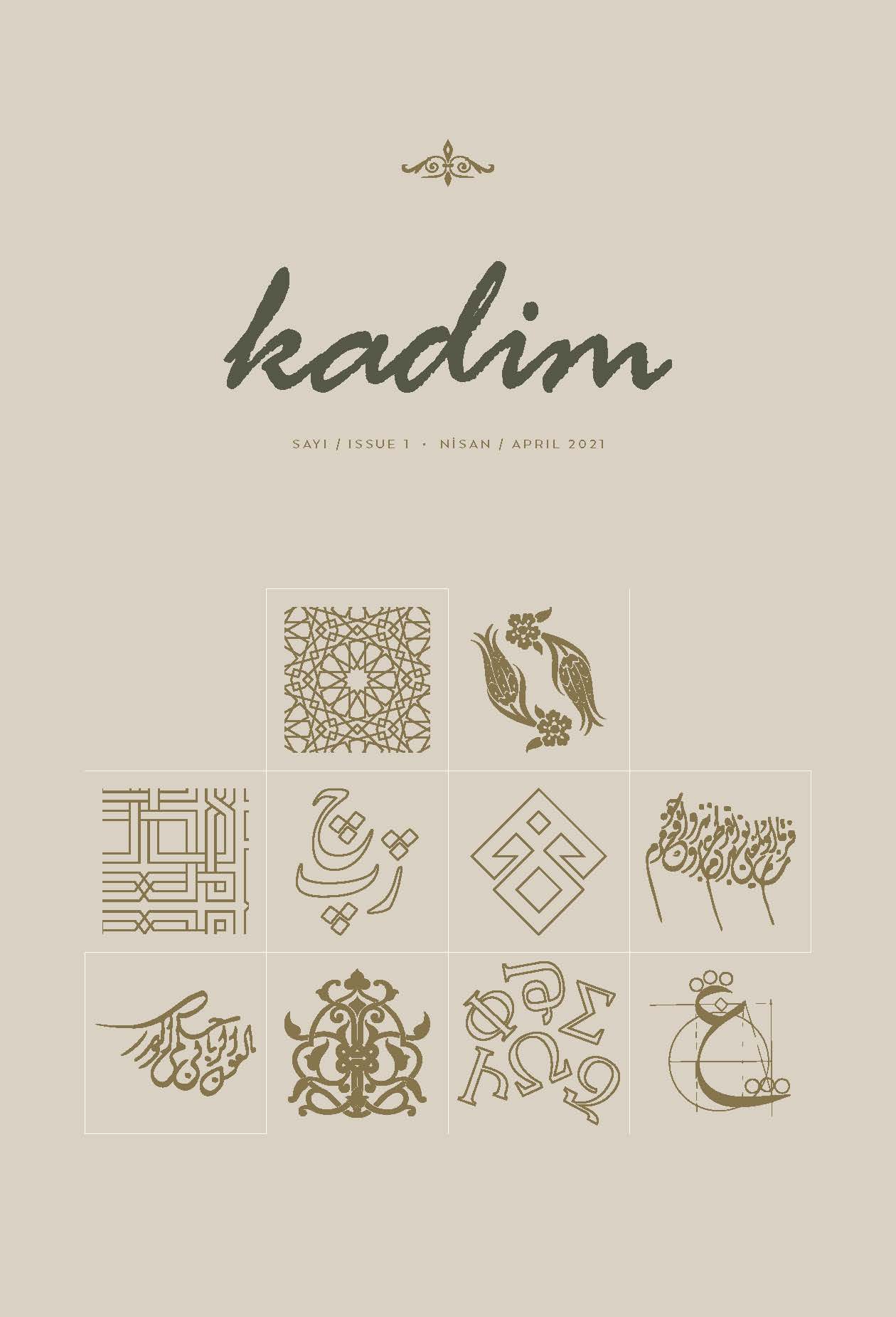
This article studies the Cossacks, a group of people that emerged in the northern steppes of the Black Sea during the fifteenth century. It mainly focuses on the community's political and social effects on the powerful states of the geography, namely Tsarist Russia, Poland, the Crimean Khanate and the Ottoman Empire. After examining the etymology of Cossack and Hetman in the introductory part, it analyzes Don Cossacks’ relations with the Ottomans and the Russian state. Don Cossacks migrated from Russia, where they had a dispute under the leadership of their Hetman Ignat Nekrasov, to the Ottoman lands. Nekrasov's will strictly asked Don Cossacks to protect their identity and beliefs after his death during the period. In this manner, they lived in Anatolia for more than two hundred and fifty years and preserved their language and culture. In the 1960s, they migrated to the USA and Russia due to some customary reasons related to marriage and population decrease. By scrutinizing Don Cossacks' changing contexts, this study aims to draw a framework for the life of the community through the lens of Ottoman documents and Turkish and Russian sources.
More...
This study aims to determine the demographic status of urban nonmuslims of Anatolia in the first half of the sixteenth century. It surveys urban nonmuslims either sharing the same quarters with Muslims or having social and economic relations with the Muslim population. This study's primary sources are the tax registers giving information on socio-demographic aspects like the number of nonmuslim settlements and inhabitants. The article also investigates entitlements and names recorded in the registers to analyze some tendencies towards nonmuslim populations. Thus, it presents that nonmuslim groups had lived in harmony in the Ottoman Empire until the nationalism movements of the nineteenth century.
More...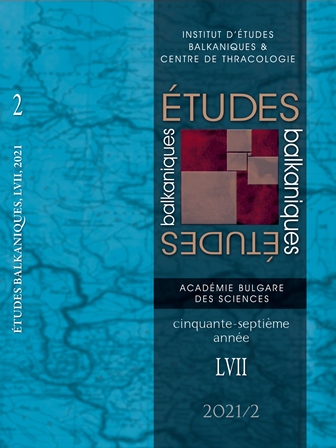
In the tenth through the thirteenth century, trade ties in the Mediterranean world were strengthened by a vast trade network that sprawled over the entire coastal area. The Amalfitans played a major role in its creation and subsequent enlargement. Constantinople, which was the nexus of transmarine trade in the Eastern Mediterranean-Black Sea region, became an important outpost of the Amalfitan merchants, who plied their trade in the Mediterranean. Although Amalfi never was a ‘Byzantine dominion’ in the strictest sense of the word, it managed to forge a special relationship with the Empire, which was both enduring and mutually advantageous. Byzantium, for its part, strove to keep Amalfi in its sphere of influence by bestowing imperial titles upon Amalfitans. In the course of time, Amalfi became one of the rising commercial powers in the Mediterranean world, with a mercantile class that was wealthy and politically influential, not just at home but in Constantinople and Egypt as well. As the network of their commercial contacts sprawled across the Mediterranean world, the Amalfitans became active in diplomacy, cultural patronage, charities, religious affairs and monasticism, translation and transmission of texts. The work of Amalfitan translators in Byzantium contributed to the strengthening of the ties between the eastern and western Christians. From the late 900s to the late 1200s there were Amalfitan religious establishments in Byzantium. Prominent eleventh- and twelfth-century Amalfitans took upon themselves the realization of important political tasks while acting as patrons of arts, literature, and charitable works. Their manifold activities made them highly visible in Mediterranean history. In the twelfth century, the gradual decline of Amalfi’s Levantine trade had an impact on Constantinople.
More...
The Greek puppet theater had just taken its first professional steps in the Greek capital in the 1880s when a famous Italian marionette troupe visited Athens and undertook to introduce the urban audience to the unknown art of the marionette · to the traditional repertoire and, more importantly, to the glitzy luxury of the latest choreography and the phantasmagoria of the technological developments on the European stage. This article aims to give a clear picture of the first marionette troupe’s visit to the Athenian terrain and focuses on how the reception of the new entertainment interacted with and impacted the already existing domestic experience.
More...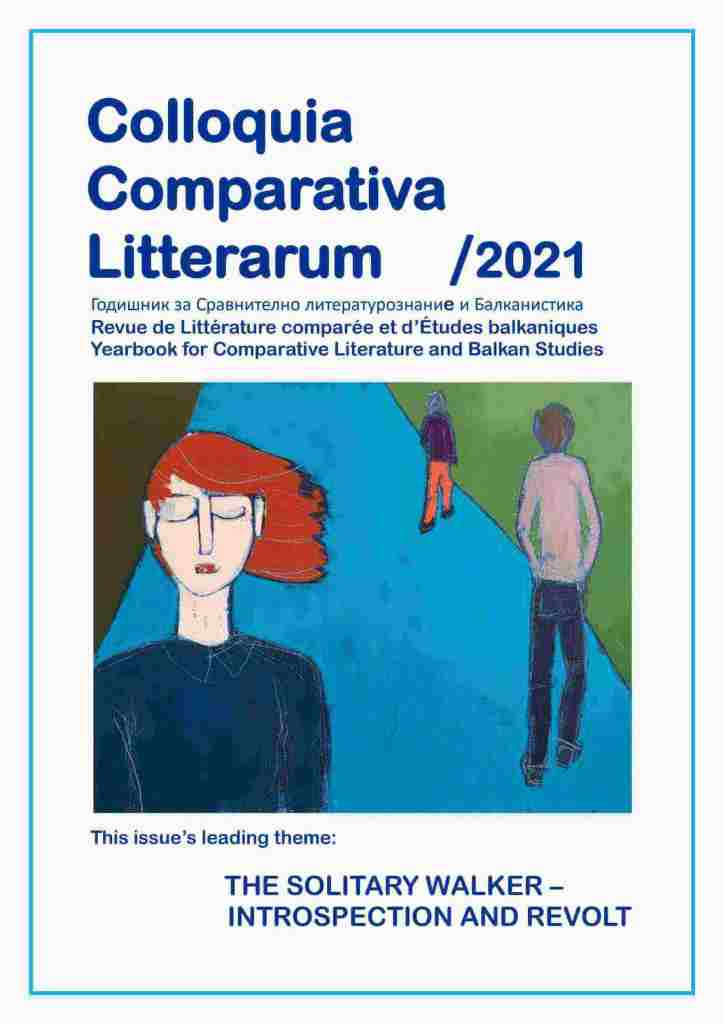
The article examines the work and biographies of Romos Filiras and Napoleon Lapathiotis, representatives of the generation of poets from the first decades of the 20th century, considered to be the forerunners of Greek 1920s poetic cosmopolitanism. It also presents an analysis of the ‘hypostases’ of the mask motive in their work. Opinions of literary critics from different university schools regarding the considered authors are compared.
More...
